- Summary list for topic 7.1 DNA structure and replication.
- Model answer
- Answers to the quick questions
- Model answer:
- Model answer
- Model answer
- 7.1 DNA structure and replication 1/1
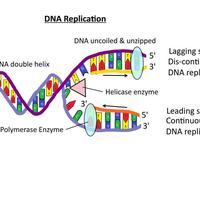 The basics of DNA structure and DNA replication were covered in the SL topic so this topic looks at some extra details including, the 3' and 5' ends of the two antiparallel strands and further details about the enzymes responsible for DNA replication and some of the DNA regions which don't code for proteins but that regulate gene expression, form introns, telomeres or genes for tRNA. To understand how modern sequencing machines work a clear understanding of PCR and gel electrophoresis is also required.
The basics of DNA structure and DNA replication were covered in the SL topic so this topic looks at some extra details including, the 3' and 5' ends of the two antiparallel strands and further details about the enzymes responsible for DNA replication and some of the DNA regions which don't code for proteins but that regulate gene expression, form introns, telomeres or genes for tRNA. To understand how modern sequencing machines work a clear understanding of PCR and gel electrophoresis is also required.Learn and test your biological vocabulary for 7.1 Nucleic acids using these flashcards.
These slides summarise the essential understanding and skills in this topic.
They contain short explanations in text and images - good revision for all students.
Read the slides and look up any words or details you find difficult to understand.
Summary list for topic 7.1 DNA structure and replication.
DNA structure
- Part of DNA supercoiling are structures called Nucleosomes.
- DNA structure gives a clue to the mechanism of DNA replication.
- Non-coding regions of DNA have other important functions, limited to regulators of gene expression, introns, telomeres and genes for tRNAs.
DNA replication (in prokaryotes only)
- DNA polymerase enzymes can only add nucleotides to the 3’ end of a primer.
- Continuous DNA replication occurs on the leading strand and discontinuous on the lagging strand.
- A complex group of enzymes do DNA replication including; helicase, DNA gyrase, single strand binding proteins, DNA primase and DNA polymerases I and III.
Crossing over
- DNA replication makes a second chromatid in each chromosome in interphase before meiosis.
- Crossing over exchanges pieces of DNA between non-sister homologous chromatids and forms new combinations of alleles on the chromosomes formed in meiosis.
Skills (can you ...)
- See that Rosalind Franklin’s and Maurice Wilkins’ X-ray diffraction work gave evidence for helix and two strands in DNA structure.
- Awareness that the Sanger method of base sequencing uses nucleotides containing dideoxyribonucleic acid (DNA with deoxyribose missing 2 oxygen molecules) to stop DNA replication at a specific base which allows sequencing using fluorescent markers and computers. (Sanger chain termination. Video here).
- Awareness that in DNA profiling Tandem repeats are used as these vary greatly from person to person.
- Ability to analyse of results of the Hershey and Chase experiment providing evidence that DNA is the genetic material.(This is a nice graphic).
- Analyse of molecular visualisations of the association between protein and DNA in a nucleosome.
To prepare to answer a difficult IB question about DNA replication it is useful to break down the task into smaller steps.
Here is an example.
Describe the process of DNA replication (8 marks)
Step 1: From your revision notes you might be able to list structures and enzymes that are important.
E.g.
- Helicase
- Single strand binding proteins
- Primase
- DNA polymerase III
- Leading strand
- Lagging strand
- Okazaki fragments
- DNA polymerase I
- DNA ligase
Step 2: Create a quick question for each of these things.
Step 3: Practise remembering the answers to these short questions.
Click the + icon to see a model answer.
Test yourself
This quiz contains multiple choice questions covering the understandings and skills in this topic.
START QUIZ!
Drag and drop activities
Test your ability to construct biological explanations using the drag and drop questions below.
Structure function relationships are an important Biological concept.
Drag and drop the correct word or phrase into the gap to outline how the structure of DNA is related to its function.
double base sequence C-G three one C-T 20 replication A-T transcribed A-U complimentary protein manufacture monomers covalent errors two Nucleoside
DNA is ideally suited to accurate and storage of information for .
The backbone has strong bonds giving stability to the DNA molecule.
The base pairs are contained within the helix. The base pairs bond due to being pairs ( and ) of equal length and also due the hydrogen bonding between the bases ( three bonds between C-G and bonds between A-T).
Complimentary base pairing also ensures that DNA is replicated with a minimum chance of in replication.
triphosphate for DNA replication have the energy to bond in order to build a strand of DNA.
Information for protein manufacture is stored in the which can be into mRNA.
The information for protein manufacture is stored in units of bases, sufficient to code for amino acids used in polypeptide manufacture.
DNA structure is ideally suited to function for replication and storage of information.
Everyone needs a bit of fun while they revise. Try this Nucleic acids card match game.
Can you reach the leader board?
How much of Nucleic acids 7.1 HL have you understood?








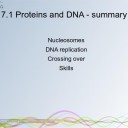


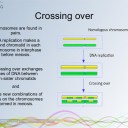


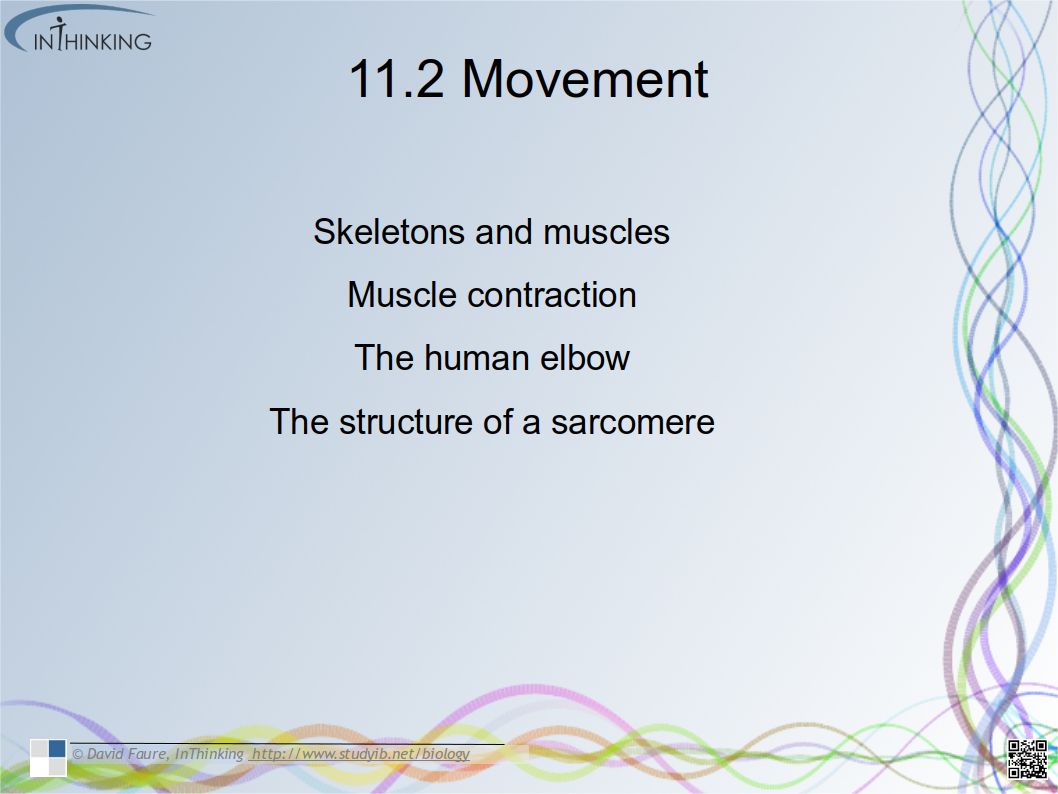
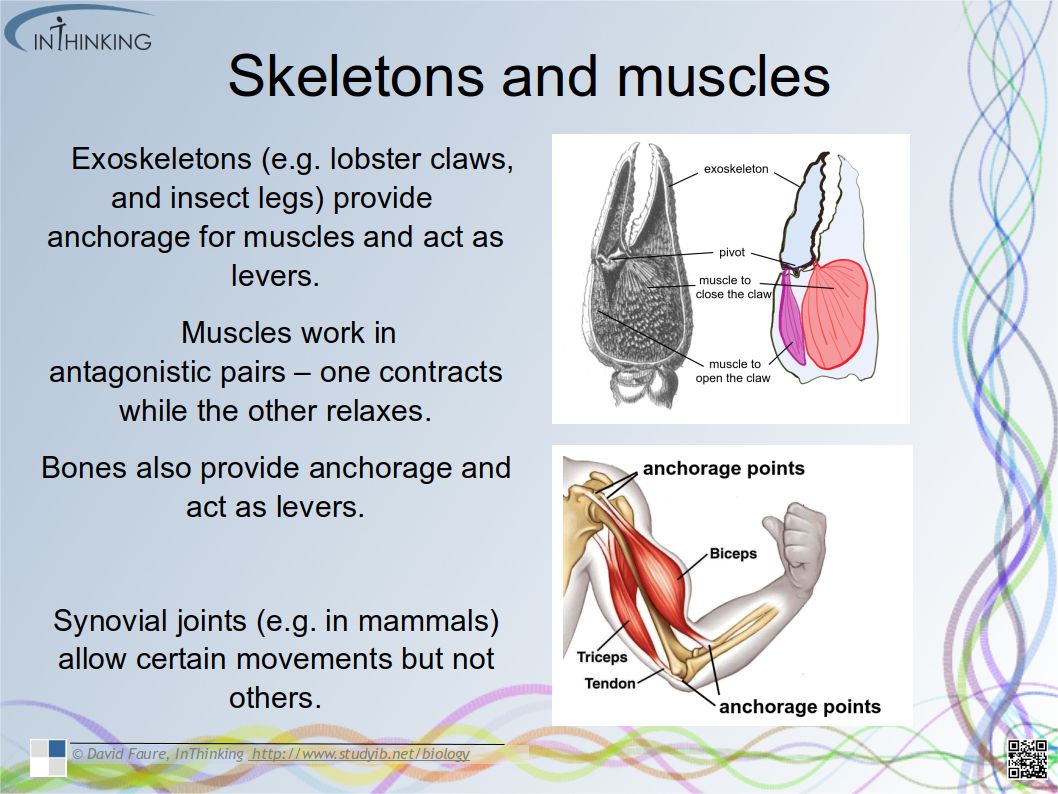
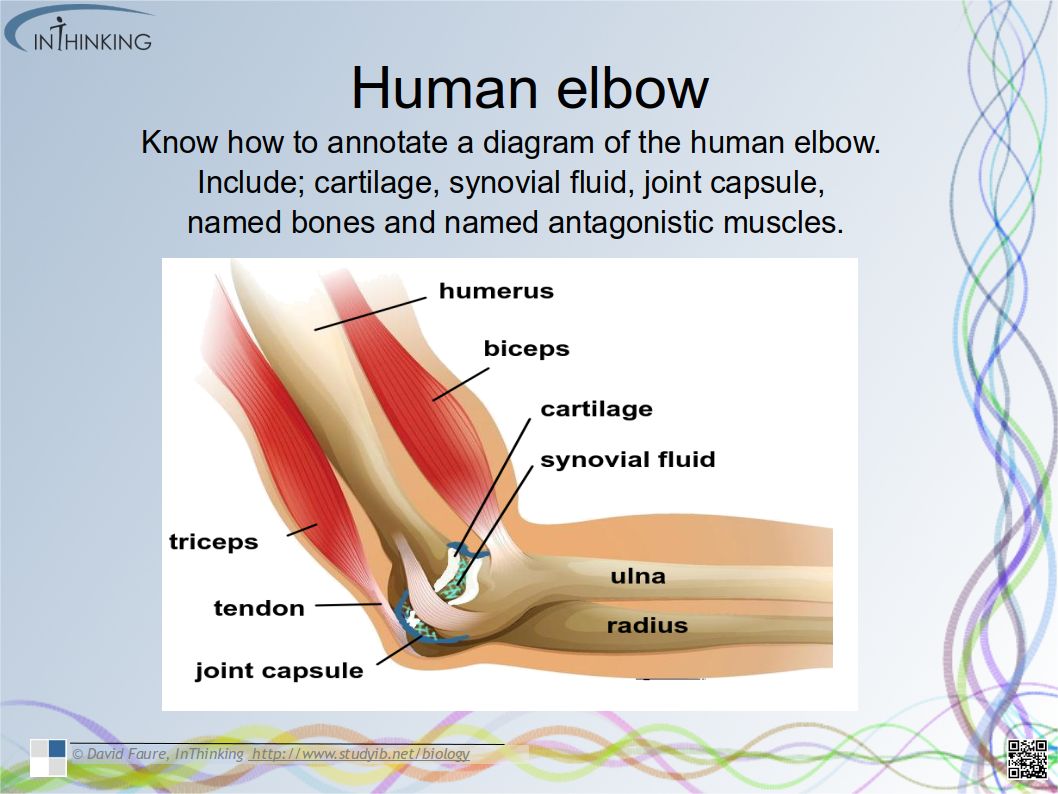

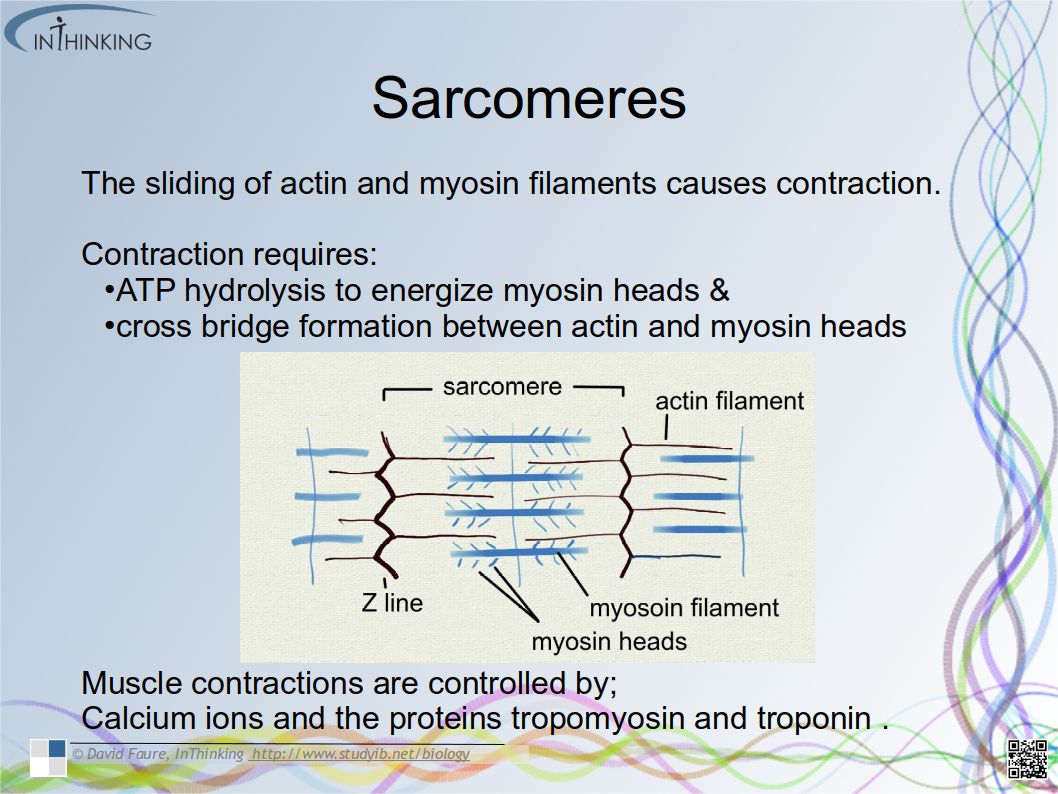

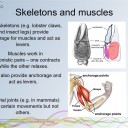
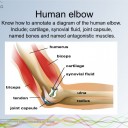

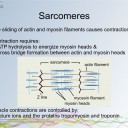


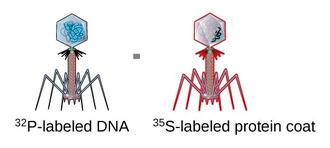
 Twitter
Twitter  Facebook
Facebook  LinkedIn
LinkedIn